Reactivated JMB!
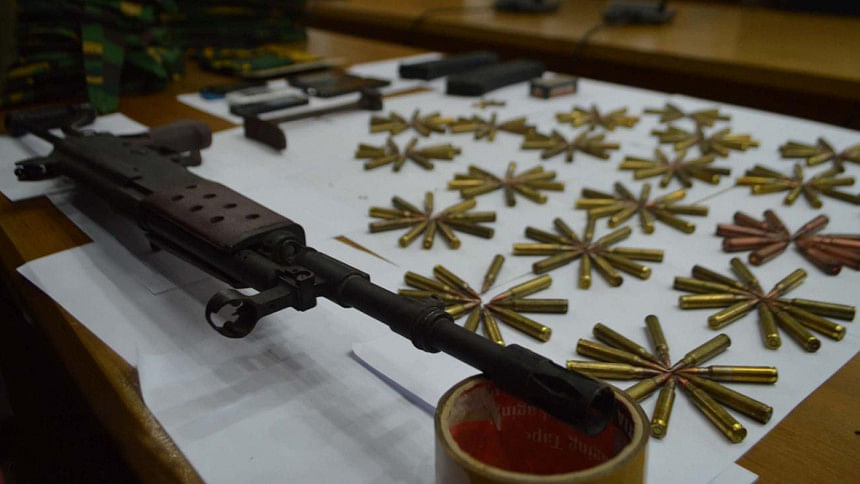
If all those extremists killed and arrested in the last one month belong to the JMB then all those that had written off the extremist group as a non-entity and without the capacity to create problems for the country must be eating their words, and that includes the head of our police too.
It is true that after 2006 when their leadership was decimated, the JMB had gone into a suspended animation, but that was only to reorganise itself. And that the militant group was not totally on the back foot was illustrated by the daring operation they conducted in January 2014 to snatch three of their comrades from a police vehicle on the highway half way between Dhaka and Tangail.
We in 2006 had warned against complacency because it would have been highly misplaced to believe that an ideologically motivated group would subside just with the neutralization of its leadership. Not unless their raison d'être is eliminated through proactive measures including an effective counter narrative can we hope to see the eradication of the scourge of extremism. I am not sure whether we have a proactive approach or are putting out effective counter narrative to combat the extremists.
The extremists have reactivated themselves, and I see little distinction between the twelve or so proscribed groups in the country. They all are of the same feather and I dare say they also nest and work together. One sees a correlation also between their resurgence and the acts of violence, carried out since September 2015 in particular, and the verdict and execution of the verdict in November.
We should thank heavens that the police and Rab have been successful in anticipating these groups and have been able to nab them before they could carryout their plans. No doubt they were preparing to come in, in a big way, considering the quantity and type of explosives and weapons and equipment recovered during the raids on their dens.
However, there are some confusing aspects whose satisfactory answer has proven elusive, as in the case of bombing of Ahmadiyya mosque in Bagmara. While soft targets are natural objectives of the terrorists and extremists, why expose and risk their lives on 'insignificant' targets, in terms of size, in a very remote area of the country when substantive targets, in terms of size and character, are available in more significant places. It would thus not be wrong to assume that there is more than one group trying to exploit the situation but not quite working in harmony with the others. It also defies logic that IS, which has claimed responsibility for the Bagmara attack, should choose a far flung area of Bangladesh to perpetrate an attack – dissipating effort is not a tactical option for the terrorists. They cause violence to create effect as well as news.
But there are also some disturbing pointers from the busted dens and the captured weapons and equipment.
Coupled with captured weapons and equipment and the attacks on mosques inside the Chittagong naval base the picture suggests a long term plan by infesting the armed forces through penetration. In the past for example, the military, particularly the army, was heavily infiltrated, for a short time though, to exploit, the political vacuum caused by the instability eventuating from Bangabandhu's assassination.
The extremists have also acquired high velocity long range small arms, the type of which is used by special forces in a handful of countries only, with specific purpose, and the security agencies can well deduce what they might have been up to had they been able to put those into effect. Acquisition of army combat dress is also indicative of a sinister design to carry out subversion within the army posing as soldiers.
That they are also not strapped of cash is evident from the fact that the microbus used in the waylaying of the police vehicle in Tangail was new costing at least three million taka. Who paid for it? That the extremist groups possess sophisticated weapons indicates well linked external supply source.
While not wishing to be an alarmist, one must acknowledge that there may be sinister designs to precipitate a situation by going after a variety of targets including the law enforcing agencies and security forces. One must not be led astray by red herrings like the argument over presence or absence of ISIL or the extent of foreign links with the indigenous extremists groups. It is therefore essential to hone all the resources and formulate concrete modus operandi to thwart their plans as a well as neutralise these groups permanently.
The writer is Associate Editor, The Daily Star.

 For all latest news, follow The Daily Star's Google News channel.
For all latest news, follow The Daily Star's Google News channel. 

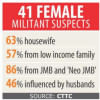

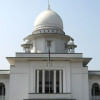

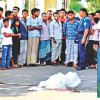

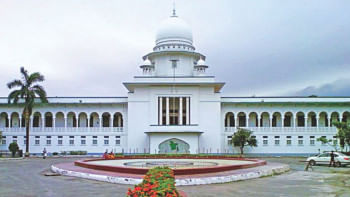
Comments